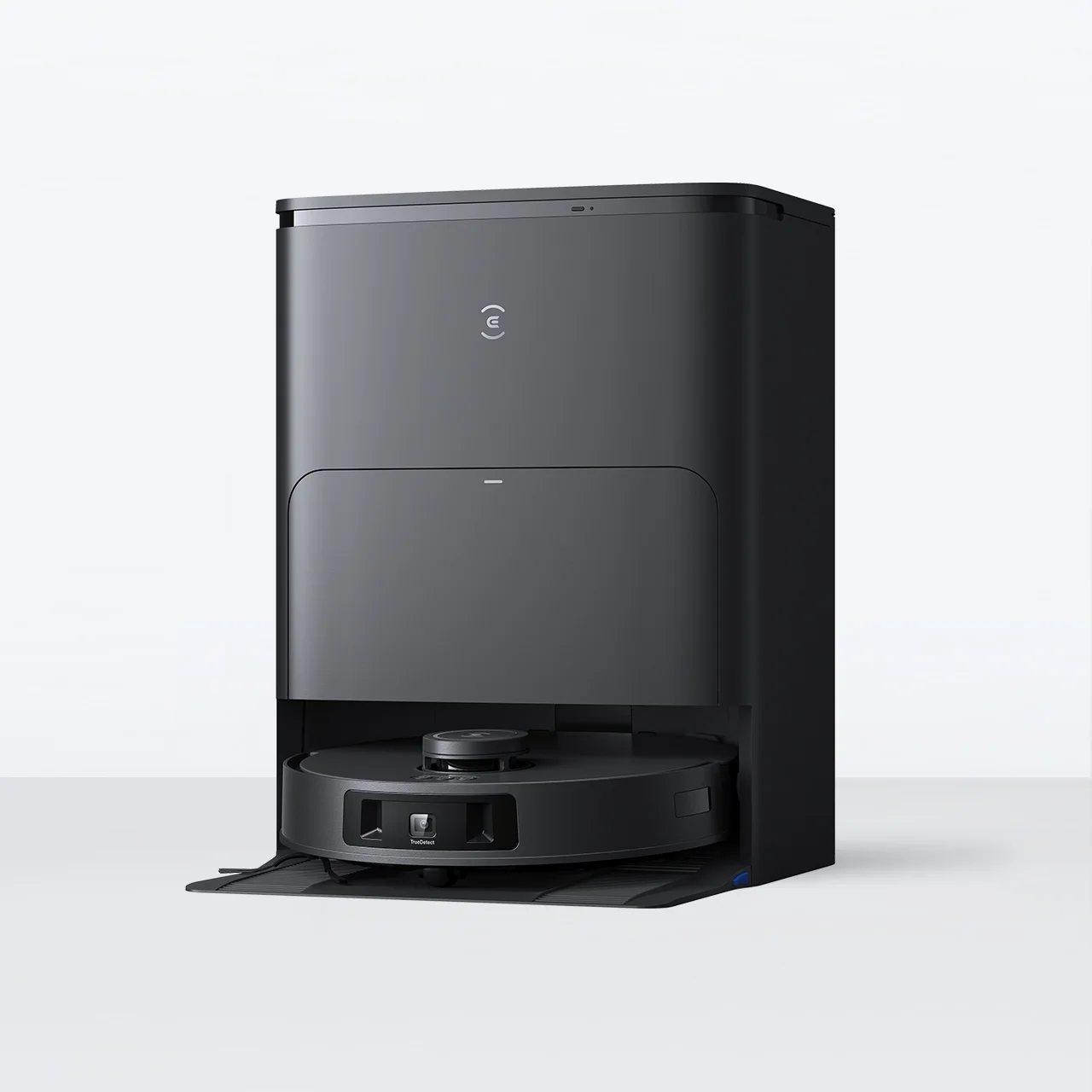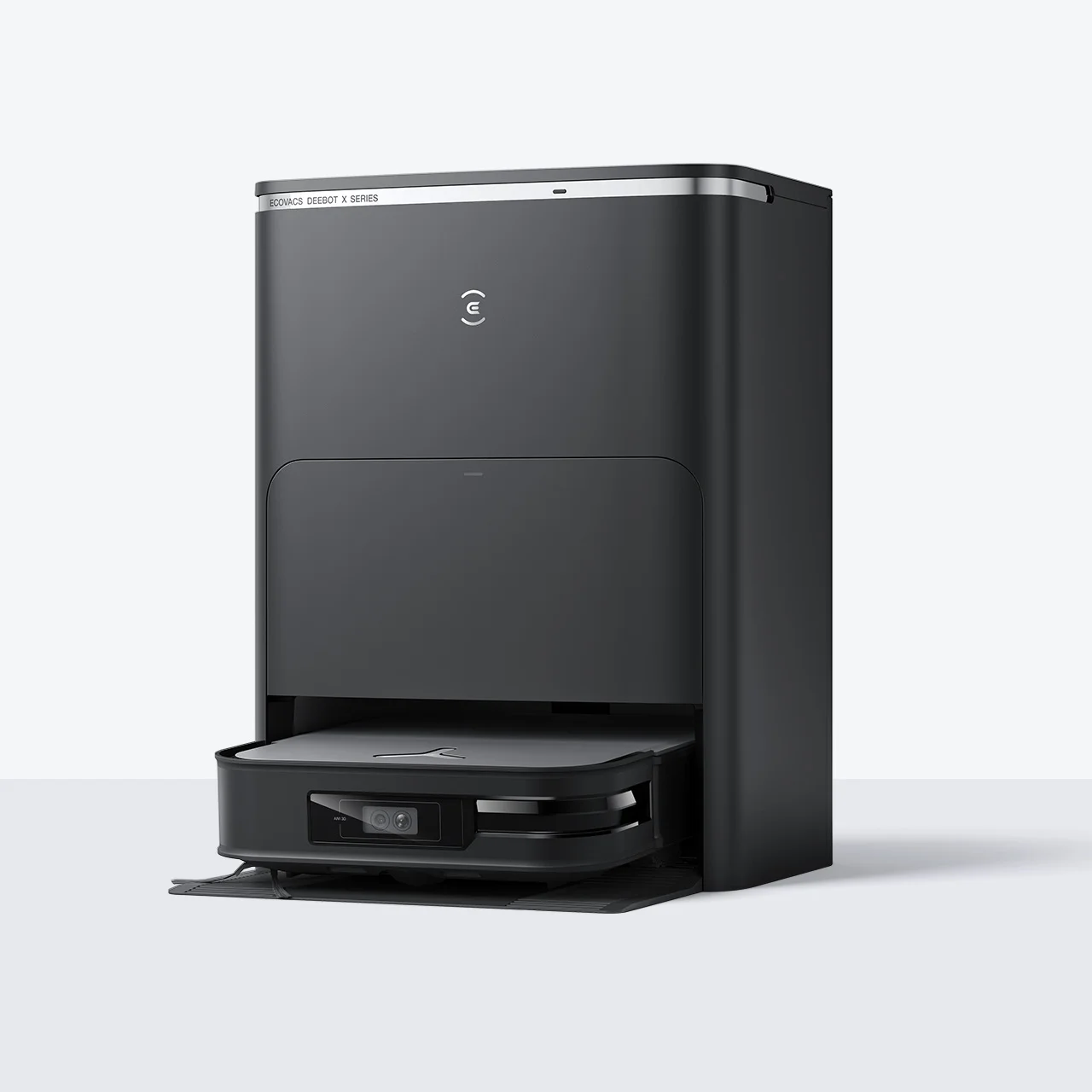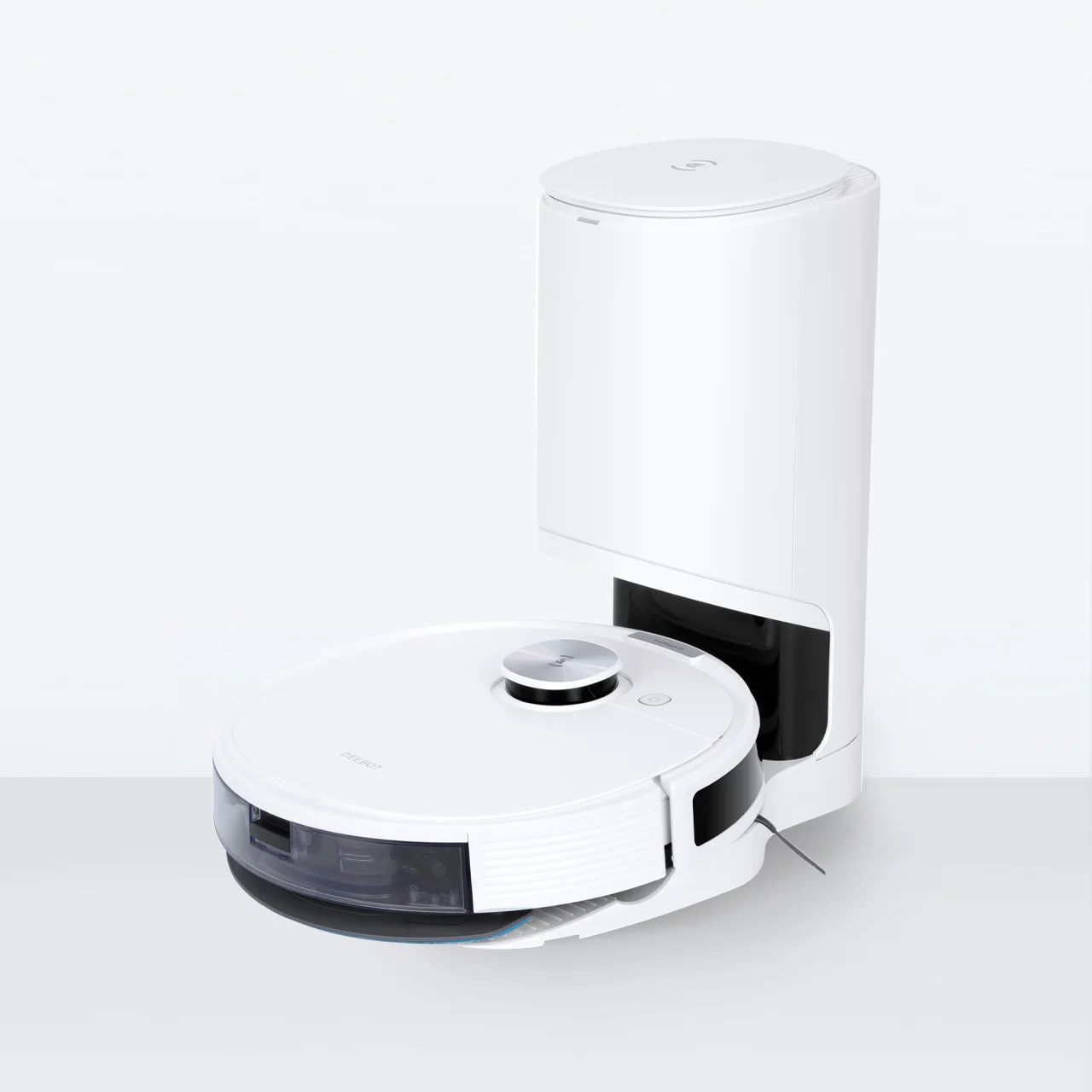
Robot vacuums have taken the world by storm – they diligently sweep and vacuum away dust and dirt to spare you more time on things that truly matters. Just like any sidekick, your robot vacuum needs some tender loving care to keep a long and productive life. To help you nurture your cleaning companion and improve its lifespan, we have gathered 9 essential tips that you can easily follow, keeping your home spotless for years to come.
How Long Do Robot Vacuums Last?
Typically, a well-maintained robotic vacuum cleaner can last between 4-7 years. The lifespan varies based on factors such as brand and model, quality of components, frequency of use, and the type of debris it picks up. Regular maintenance is key to longevity, and you can pay attention to cleaning filters and brushes, proper battery care, and storage.
For those with busy lifestyles, models that come with a self-cleaning station can help maintain the vacuum's performance by cleaning it after each use.
Why Do I Need To Extend Robot Vacuum’s Lifespan?
Taking measures to extend your robot vacuum's lifespan is a wise move because of its substantial price tag, and making it last as long as possible helps justify your investment. Moreover, robot vacuums offer exceptional convenience and efficiency by shouldering the burden of cleaning floors for you. By scheduling cleaning sessions based on your routine, you can enjoy pristine floors and improved air quality in your home.
Tips 1: Regular Maintenance
Consistent upkeep is probably the most important tip in extending the lifespan of your robotic vacuum cleaner. While cleaning the vacuum after each use is a good idea, inspecting and maintaining it once every 2-4 weeks is sufficient. Consistency is key here.
To make sure your robot vacuum lasts longer, you can follow these key maintenance tips:
● Brushes: Regularly inspect the roller brush and side brushes for any tangled long hair or debris. Remove the brushes, and clean them thoroughly by cutting away anything tangled and combing out the pieces. Reattach them securely and give it a spin to ensure smooth rotation.
● Filters: Clean the filters from clogs that can hinder suction power. High-efficiency filters such as HEPA filters are great in trapping allergens like fine dust to enhance air quality.
● Sensors: Keep the sensors clean for your smart vacuum to navigate smoothly without damaging walls and furniture. Do not use water – use a microfiber cloth to clean gently instead.
● Wheels: Check the wheels for any trapped debris, in order to prevent blocks that cause the vacuum to keep stopping. Clean the wheels with a soft-bristled brush and dry cloth; be aware of sharp objects.
● Mop: If your auto vacuum comes with a mop, wash the mop heads from time to time to prevent bacteria build-up and unpleasant odors. Detach and soak it in warm water, then wash it with mild detergent. Let it dry before putting it back.
● Dock Station: Apart from charging the vacuum, self-empty dock stations like OMNI station empty the dustbin and clean the mop heads automatically. Manually empty the bin to prevent it from spitting out dust, and wipe it down with a damp cloth.
Tips 2: Replace Parts When Needed
Regularly inspect for worn-out or damaged parts and replacing them helps prolong the lifespan of your robotic vacuum cleaner.
High-wear components, including brushes and mop heads that frequently contact the floor, as well as filters that trap fine particles, can be replaced periodically for optimal performance. Depending on your usage and situation, you need to replace these parts every few months or even monthly. For example, people who suffer from allergies are recommended to change filters once a month; otherwise, you'll know it's time for a new filter when it becomes worn, discolored, or damaged. Keep spare mops and brushes on hand to avoid reusing dirty or worn-out ones.
If you spot a crack or damage on other parts of the body like the sensors, contact customer support for professional assistance.
Tips 3: Optimal Charging Practices
Proper battery care lengthen the battery life of your robot vacuum. Charge the battery fully before first use and keep the charging contacts clean – wipe with a dry cloth on both the auto vacuum and the charging dock for proper connection.
Moreover, avoid exposing the device to extreme temperatures and keep it in a temperature-controlled environment. Also, using the device frequently can prevent battery degradation.
If you notice a significant decrease in its runtime or performance, it could be a sign to replace the battery. Always refer to the user manual for specific instructions when you do so.

Tips 4: Proper Storage With Adequate Ventilation
Properly store your smart vacuum to stay away from overheating and potential damage to internal components. Keep it in a cool, dry place away from direct sunlight and free from obstructions to allow adequate ventilation. In America, it is common to place the base station near the pantry or kitchen where it can easily access high-traffic areas in the house.
What’s more, let the air flows within the device by clearing dust and dirt from air vents, filters, and fans on a regular basis, and replace them when they show signs of damage or blockage.
Tips 5: Protect from Liquid Damage
Liquids, whether it’s cleaning solutions or clean water, pose a risk to a robotic vacuum cleaner’s electronic components. Hence, protect your device by storing it safely in a dry, temperature-controlled area far from water sources or spills. Before starting a cleaning session, clear the area of any liquid hazards, such as open water bottles or pet water bowls. In case your smart device encounters any kind of liquid, immediately turn it off. Dry it thoroughly and inspect for any damage before resuming operation.
Tips 6: Create a Safe Cleaning Environment
To steer clear of potential hazards, establish a safe cleaning environment for your vacuum. Before the cleaning session, take a few minutes to remove potential obstacles, such as cords, small toys, or any sharp objects, to avoid unnecessary damage. This also helps promote efficient navigation during cleaning. For areas that are too risky, including stairs and workshops with power tools and heavy boxes around, make use of the virtual barrier and no-go zone functions, or even physical barriers to block your machine from entering.

Tips 7: Use Accessories from reliable source
Shop accessories from reliable sources, ideally from the original manufacturer. Replacing parts such as filters and brushes help extend the lifespan of your robot vacuum – aftermarket accessories could be cheaper, yet they are usually not designed with durability in mind. Investing in parts from a reliable source guarantees compatibility and quality, as they are specifically engineered for the model. Using genuine parts not only guarantees optimal performance but also safeguards against potential damage caused by inferior components.
Tips 8: Update the Firmware Regularly
Manufacturers frequently release firmware updates to address operational issues and improve navigation algorithms, therefore, keeping your device updated enhances its overall efficiency. Common problems, such as unnecessary collisions with obstacles, are often resolved through these updates. By updating the software to the latest version, robot vacuums can operate at its peak status, which in turn reduces wear and tears. To stay on top of these improvements, activate automatic updates in the app.
Tips 9: Utilize Customer Support & Warranty Services
Taking advantage of customer support and warranty services helps you properly address potential issues and extend your robotic vacuum's lifespan. Most models on the market required you to register the device for warranty protection. If you have difficulties solving issues on your own, check the user manual for troubleshooting and maintenance guidance, and reach out to customer support for prompt assistance. In case of defects or malfunctions, don't hesitate to use warranty for repairs to avoid problems from third-party services.
FAQ
What are the best tips to extend the lifespan of my robot vacuum?
To make your automatic vacuum last longer, maintain it regularly by cleaning parts like brushes and replacing them when needed, ensure a safe environment free from potential hazards like liquid and tight spaces, and follow the official manual for care and usage.
What is the average battery life of robot vacuums?
On average, the battery life of premium models like the DEEBOT T30S lasts for 200 minutes 1 in standard mode and up to 290 minutes 2 in silent mode. They usually have a lifespan of 4-7 years. Signs that indicate the battery replacement include loss in suction power, runtime, and ability to hold a charge.
How do I maintain a robot vacuum?
Maintenance for a robotic vacuum cleaner involves regularly cleaning brushes, filters, sensors, and wheels to prevent clogs. Wash mop heads if your vacuum has a mopping function, and keep the dock station clean for smooth operation.
Disclaimer(s):
- 200 minutes: DEEBOT T30S features an upgraded 5,200mAh battery, giving it a maximum runtime of 200 minutes on a single charge while sweeping and mopping on standard mode on hard floors.
- 290 minutes: DEEBOT T30S features an upgraded 5,200mAh battery, giving it a maximum runtime of 290 minutes on a single charge while sweeping on silent mode on hard floors.
Related Products









